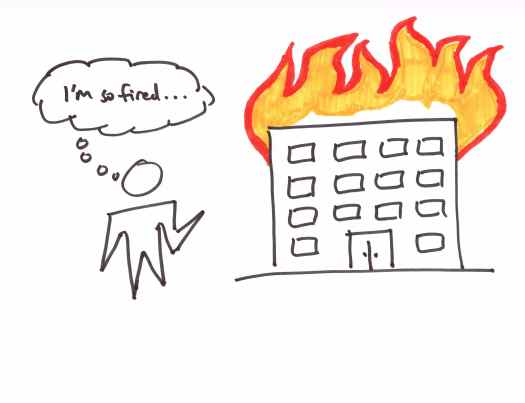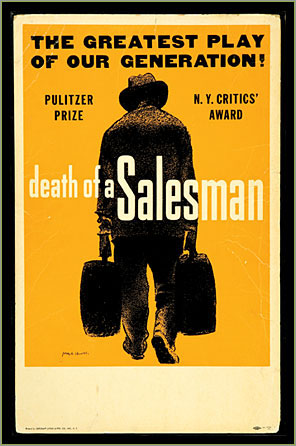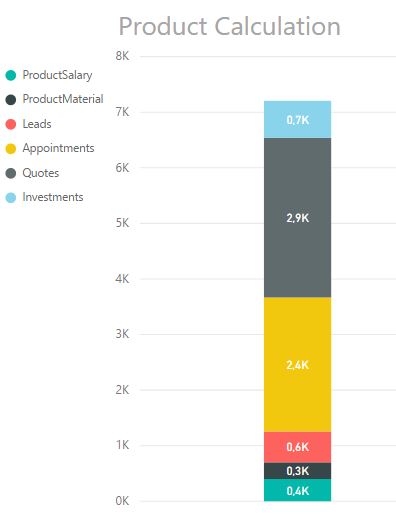Why Keep A Complementary Pipeline of Opportunity?
Most salespeople in need of making a monthly sales quota merely maintain a sales pipeline. However, when you maintain a complementary pipeline of opportunity, you will find it becomes the motivating force for over-achieving quota.
While some trainers insist that sales are just a numbers game, I whole-heartedly disagree. Sales leaders will tell you there is so much more to the profession than the simple declaration.
Elements of the successful sales process include:
- A give and take conversation where the prospect and salesperson energetically engage one another. The exchange consists of insights, personal stories, and troubling circumstances in a heart-to-heart plus mind-to-mind communication style.
- All the while and throughout each conversation credibility and trust build.
- Timelines are typical, and follow-through with timely delivery on all requests is the usual occurrence.
- Periodic check-ins after the sale are included to maintain client satisfaction.
- The personal touch with human feeling attached is the ultimate sales experience that puts the representative at the top of the charts.
A numbers game? Hardly!
It is the complementary pipeline of opportunity that increases motivation on a daily basis. For a moment, imagine what high-energy motivation will do for you each day.
- Entrepreneurs, think about the offers others provide and focus on those that excite you the most
- Job Seekers, consider the company openings that will put your skill set to the best use.
- Salespeople, while you do the mundane to attain quota, keep sight of the exciting possibilities ahead.
Should you buy into the extra elements of successful selling, it becomes clear as to why a complementary pipeline of opportunity is essential. The following list is of ideas that you might include to maintain enthusiasm and a smile:
Prospects You Enjoy
Similar to not everyone is your friend, not every candidate is friendly or close to being a good choice. The numbers element may be in your primary sales pipeline, but be sure to omit from your opportunity pipeline. Instead, keep a record of the prospects and clientele you most enjoy.
Notable Companies for the Resume
Few people remain at one sales job their entire career. As you gain experience and contemplate furthering your career, add notable companies that will light up future employers and in the meantime, will keep you motivated to do your best.
Sizable Initial Sale
Challenge yourself to take on a massive sale where others in your space are also competing for the business. Believing you can do it, and motivating yourself to learn will see you accomplish more than you thought possible. Taking on a sizable challenge keeps the motivation and excitement fresh.
Potential Repeat Business
As you continue to learn and grow, and motivation is a constant, channel your enthusiasm in conversation with clientele. Prospects and clients pick up that you are continually learning and growing, encouraging them to do business with you.
Upon continuing the sales cycle, more business develops. In your complementary pipeline, partition the clients that are likely to provide repeat business and referrals.
Referrals
Underneath your list of clients providing repeat business, list the companies they refer. Referrals are more likely than chance encounters to do business. Using the same sales methodology above will increase the likelihood of referred parties asking to do business with you.
Time management is an essential piece of not only securing the everyday sales but also earning the more complex. Attention to detail and focus on client need will work in your favor. And the excitement in the opportunity pipeline is what will put you at the top of the sales scoreboard.
Sales Tips for Pipeline of Opportunity
- Lead client conversations with insightful questions
- Listen carefully to each reply for elements not addressed
- Use enthusiasm to help build interest in you and your services
- At the end of each day prioritize the prospects that interest you the most
- Acknowledge the areas that attract your interest to seek out more of the same
- Leverage all areas that hold your attention
- Commit to education for improving your effort
- Ask the clients you enjoy if they know of others who may have a similar interest in your services
- Follow-up immediately with new referrals to impress the referring party
- Celebrate Success!
Today’s blog is provided to help you achieve The Smooth Sale!












